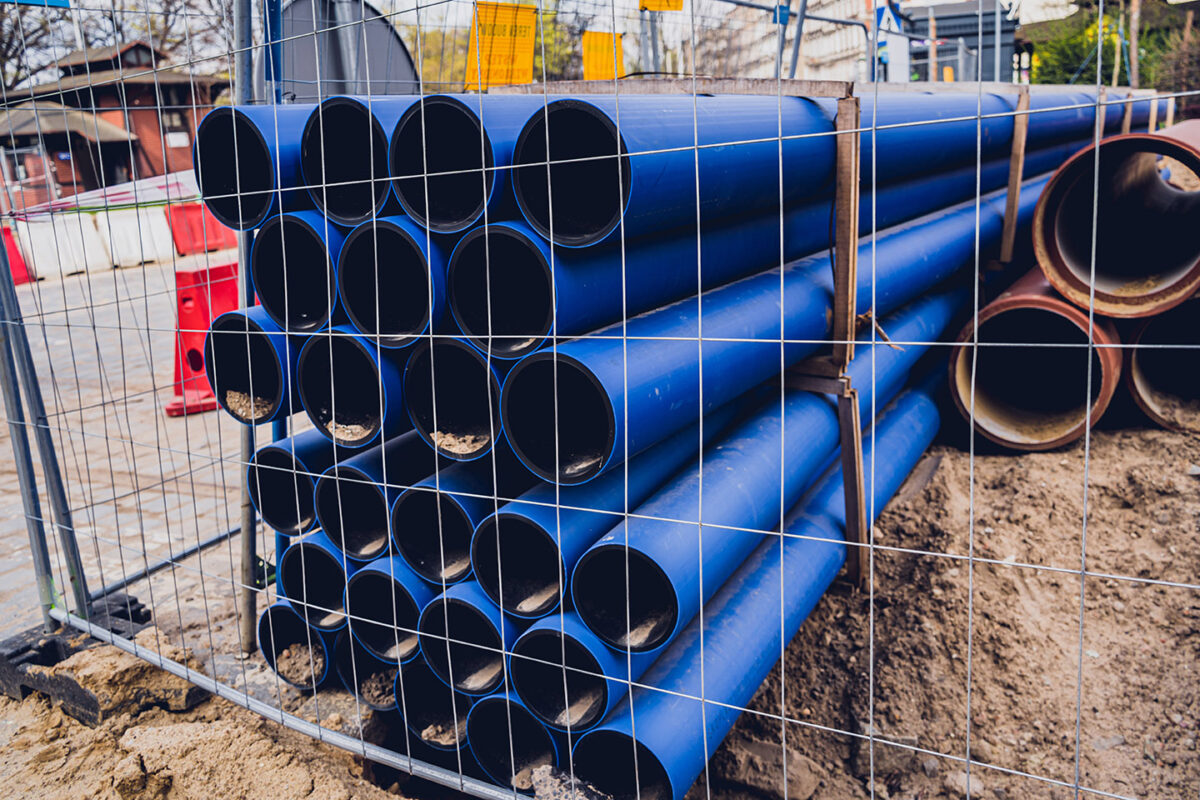Advantages of HDPE in Infrastructure Projects

High-Density Polyethylene (HDPE) pipes have become a preferred choice in infrastructure projects, offering unparalleled benefits in durability, cost-effectiveness, and performance.
HDPE pipes are celebrated for their economic advantages. This versatile material has revolutionized the approach to constructing water pipelines and other critical infrastructure. They significantly reduce initial costs and long-term expenses. Moreover, their lightweight nature simplifies transportation and handling, slashing installation costs compared to heavier materials like steel or concrete. In urban environments, where traditional trenching is impractical due to existing utilities and high-density layouts, HDPE’s adaptability shines. Techniques such as horizontal directional drilling (HDD) leverage the flexibility and light weight of HDPE to install pipes with minimal disruption. This trenchless technology is not only less invasive but also quicker, reducing the overall construction timeline.
You can also read: Infrastructure Could Play a Big Role in Boosting Plastics Recycling

Normalized cost of repairing pipeline breaks over a 10 mile span based on HDPE. Courtesy of Lifecycle Cost and Performance of Plastic Pipelines in Modern Water Infrastructure.
Durability That Stands the Test of Time
The durability of HDPE pipes is another key advantage. Unlike metal pipes, HDPE is resistant to corrosion and chemical reactions, which can lead to long-term degradation in other materials. This resistance ensures that HDPE pipes maintain their integrity and functionality over decades. The non-corrosive nature of HDPE eliminates the need for frequent replacements or costly maintenance, thereby extending the lifecycle of infrastructure projects while ensuring consistent performance.

Hazin-Williams Coefficients “ ”, for Various Pipe Materials. Courtesy of Lifecycle Cost and Performance of Plastic Pipelines in Modern Water Infrastructure.
Exceptional Seismic Resilience
HDPE pipes excel in seismic resilience. Their flexibility allows them to absorb vibrations and movements caused by earthquakes, reducing the risk of breaks and leaks. This property is particularly valuable in earthquake-prone regions, where rigid piping materials are susceptible to failure. The seismic resistance of HDPE not only enhances safety but also ensures continuity of service during and after seismic events.
Superior Hydraulic Performance
Hydraulic efficiency is critical in water management systems, and HDPE pipes offer superior performance due to their smooth internal surface. This smoothness reduces friction, allowing water to flow more freely compared to rougher materials like concrete or steel. Over time, HDPE maintains its hydraulic performance without the roughness increase seen in other materials due to corrosion or buildup. This consistent performance translates into lower energy costs for pumping and minimal pressure drop across the system.
HDPE’s Growing Role in Modern Infrastructure
The shift towards HDPE in infrastructure projects is driven by its numerous advantages, from cost savings and ease of installation to long-term durability and excellent performance under various conditions. As urban areas continue to grow and the demand for reliable, efficient infrastructure increases, HDPE pipes are poised to play a main role in building resilient systems that meet the needs of modern societies. The future of infrastructure, particularly in challenging environments, will likely see an increased reliance on HDPE as a solution that offers both economic and environmental benefits.
